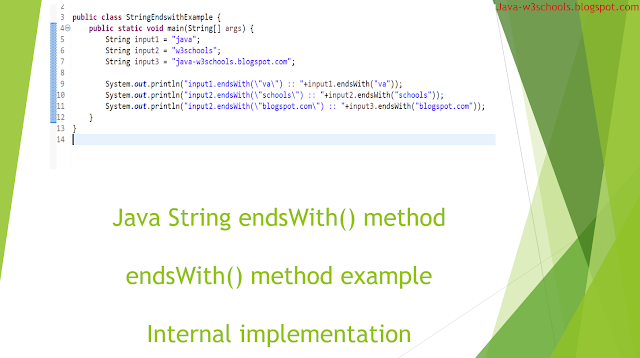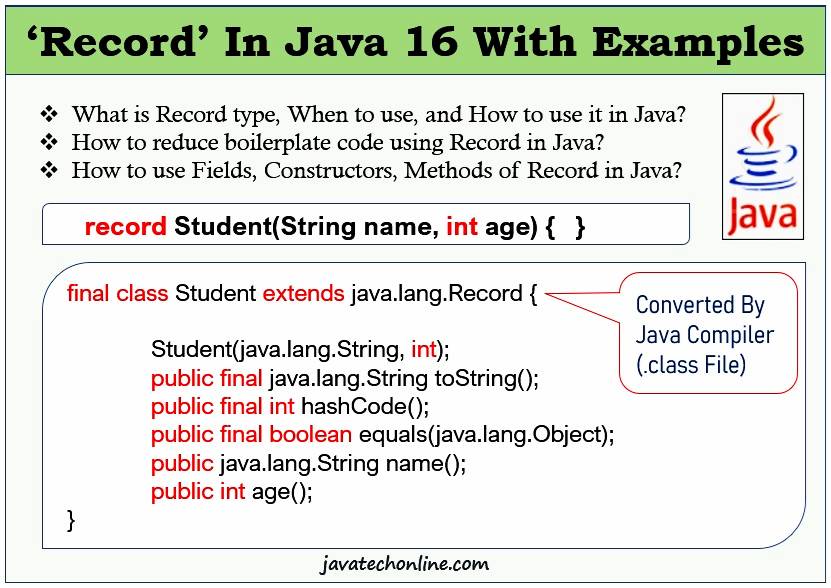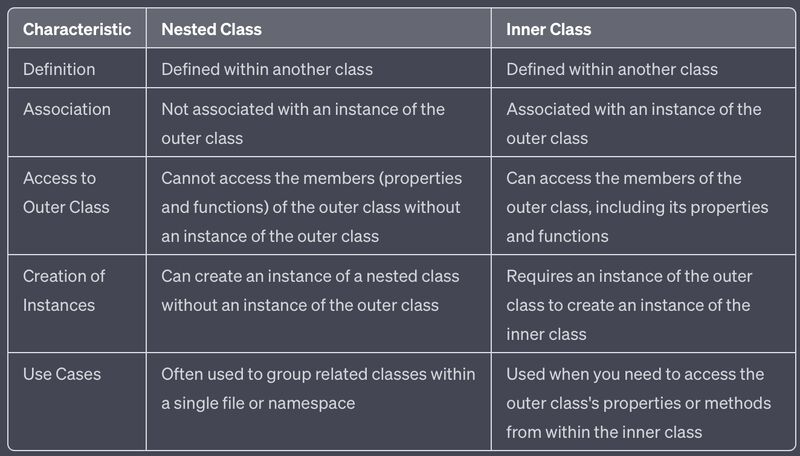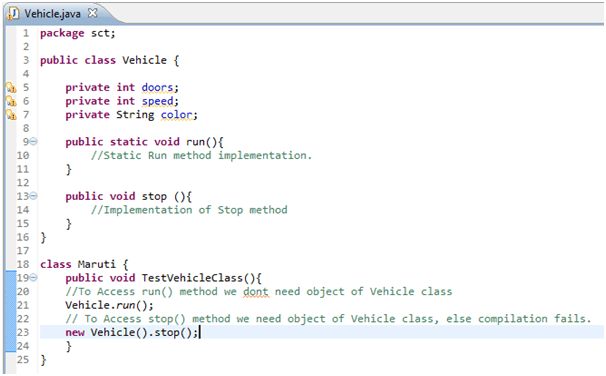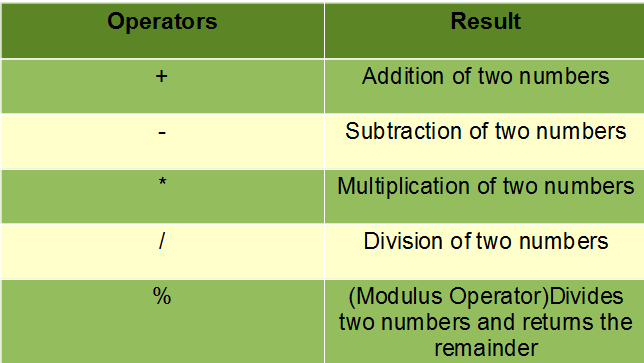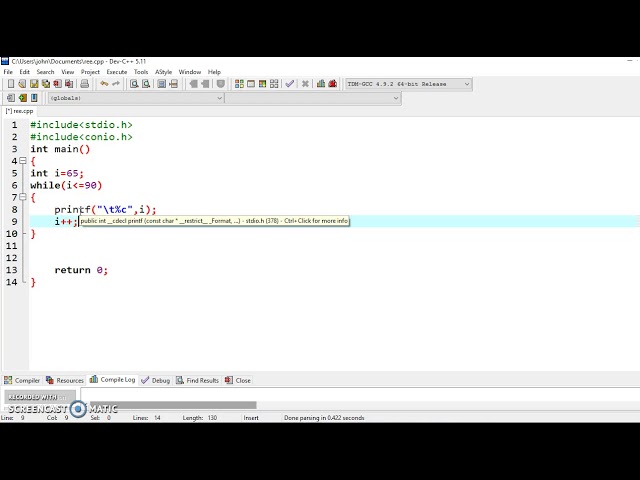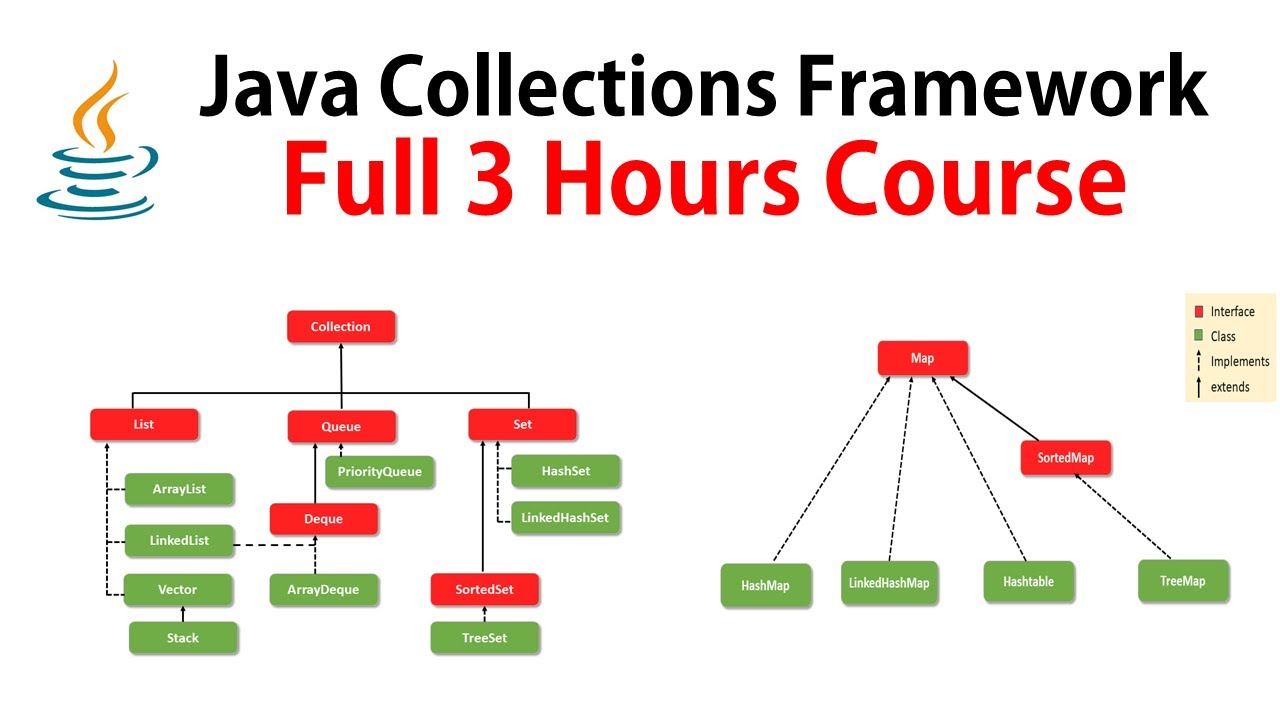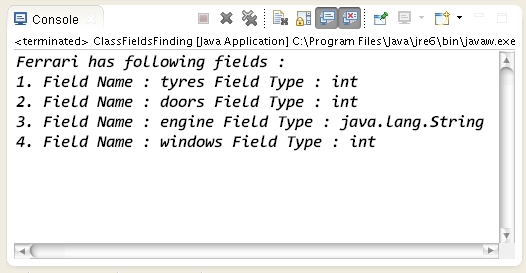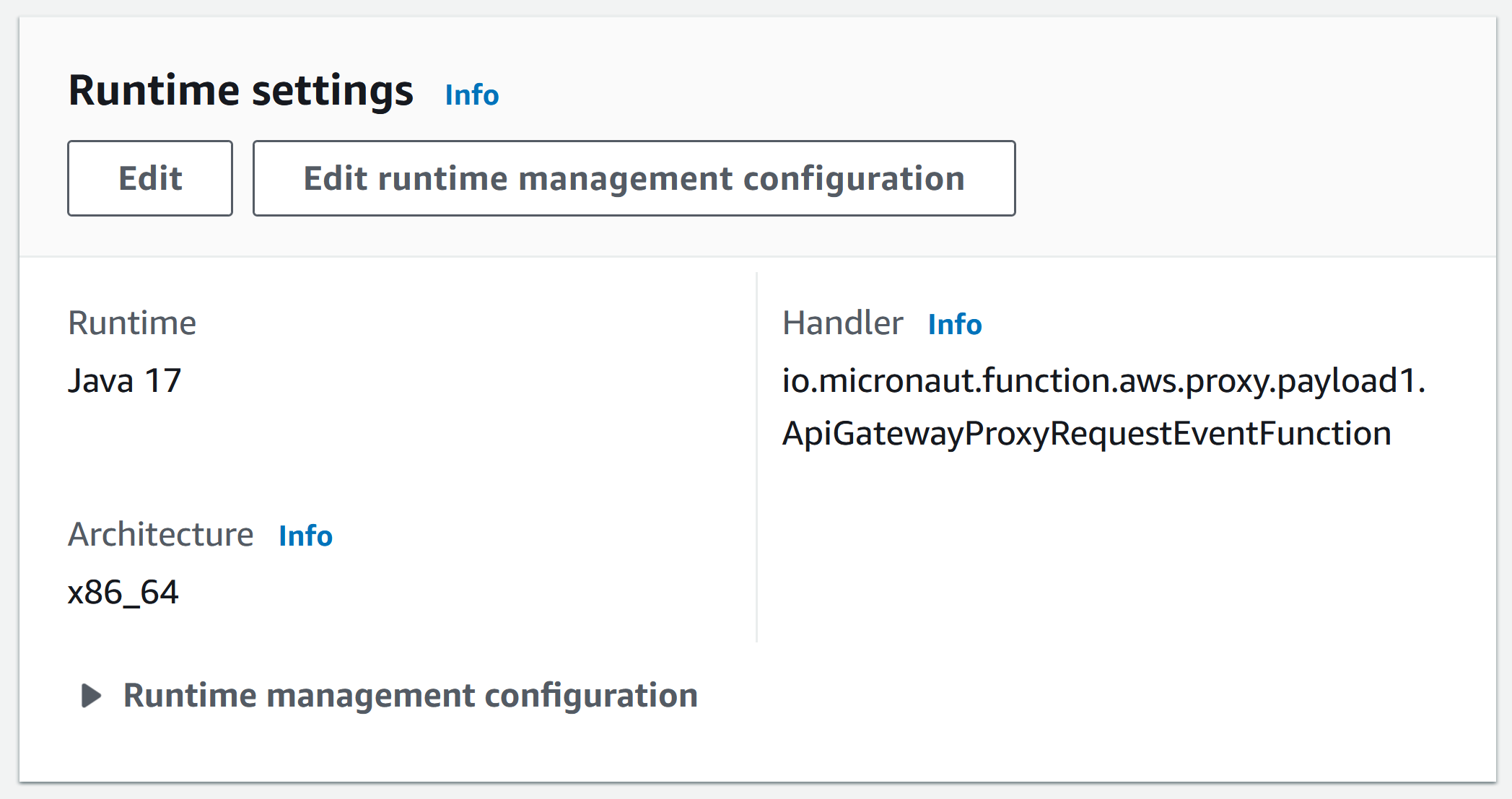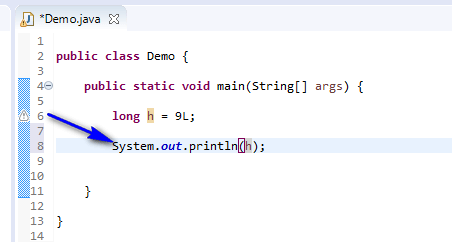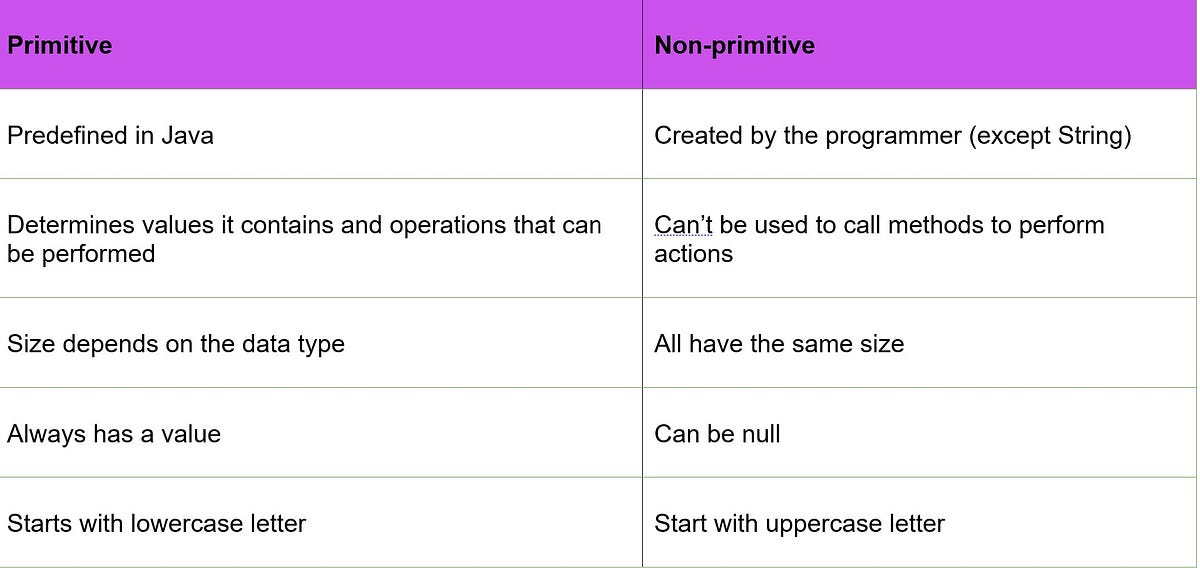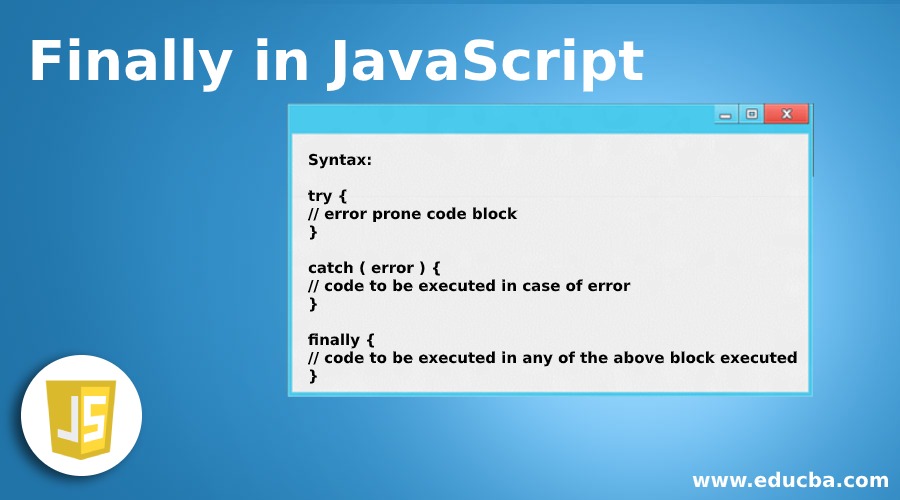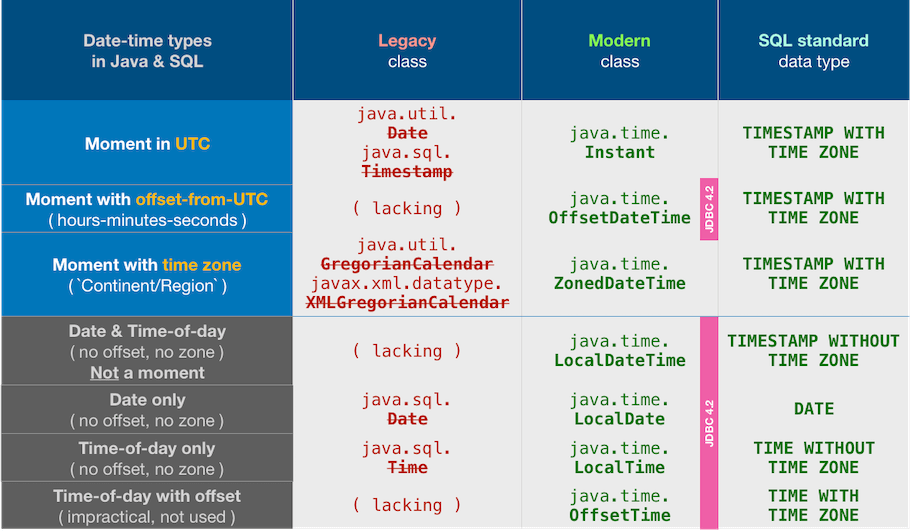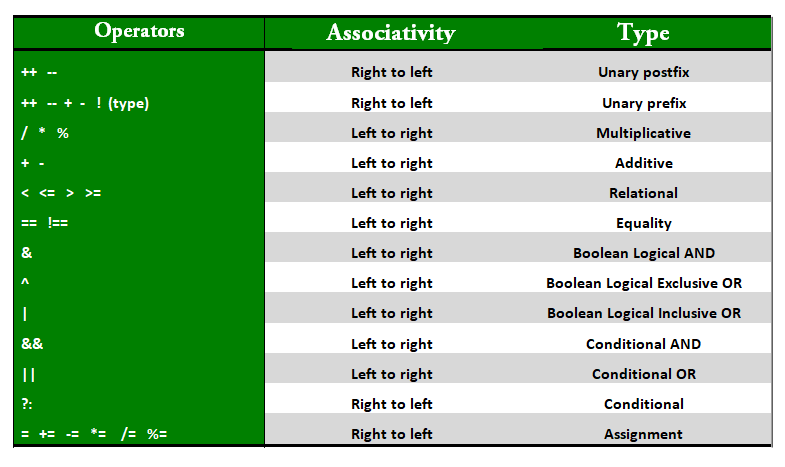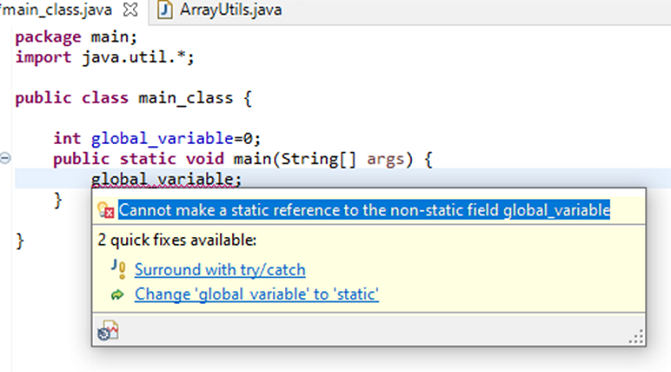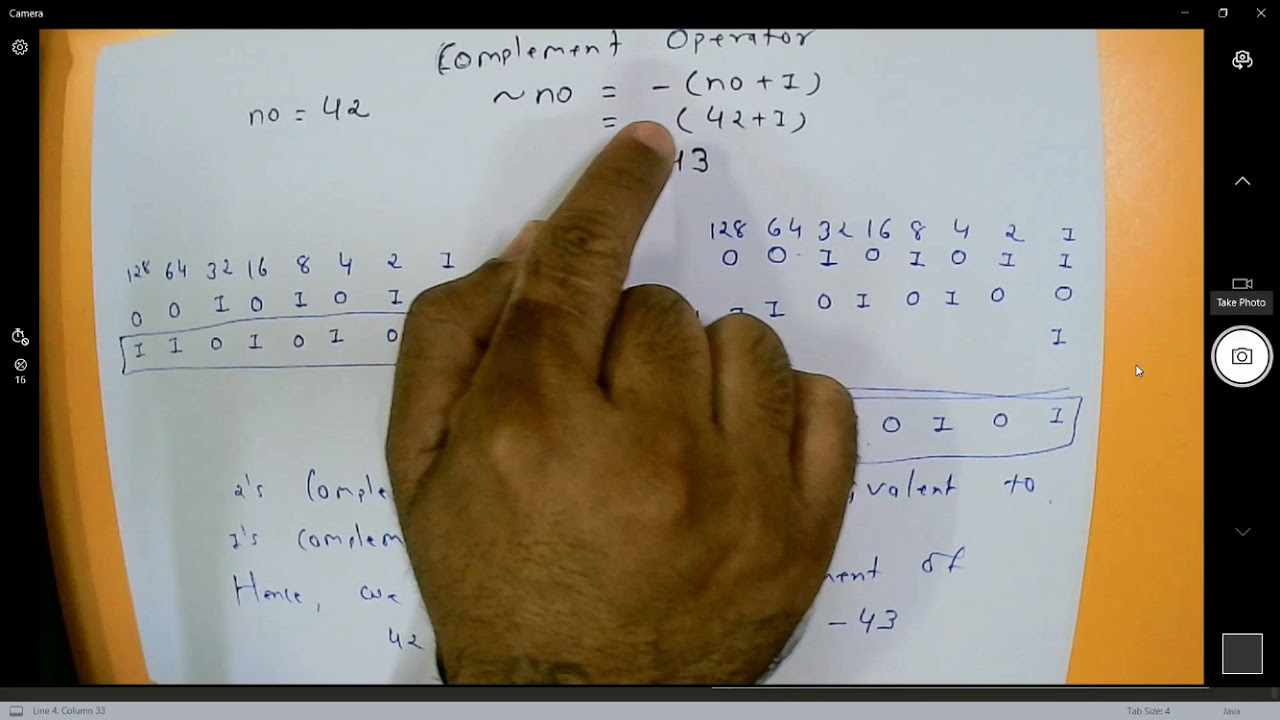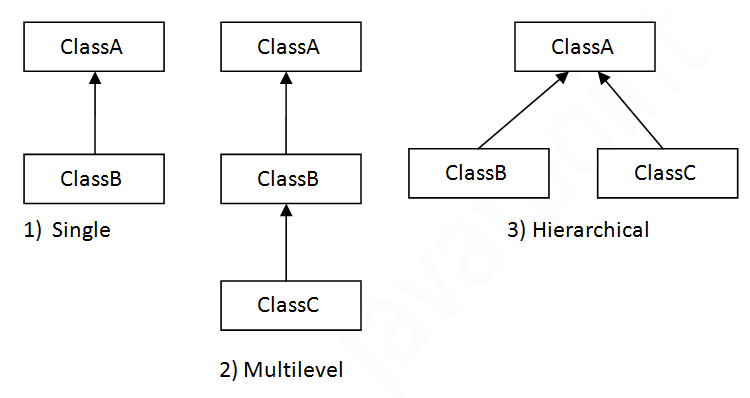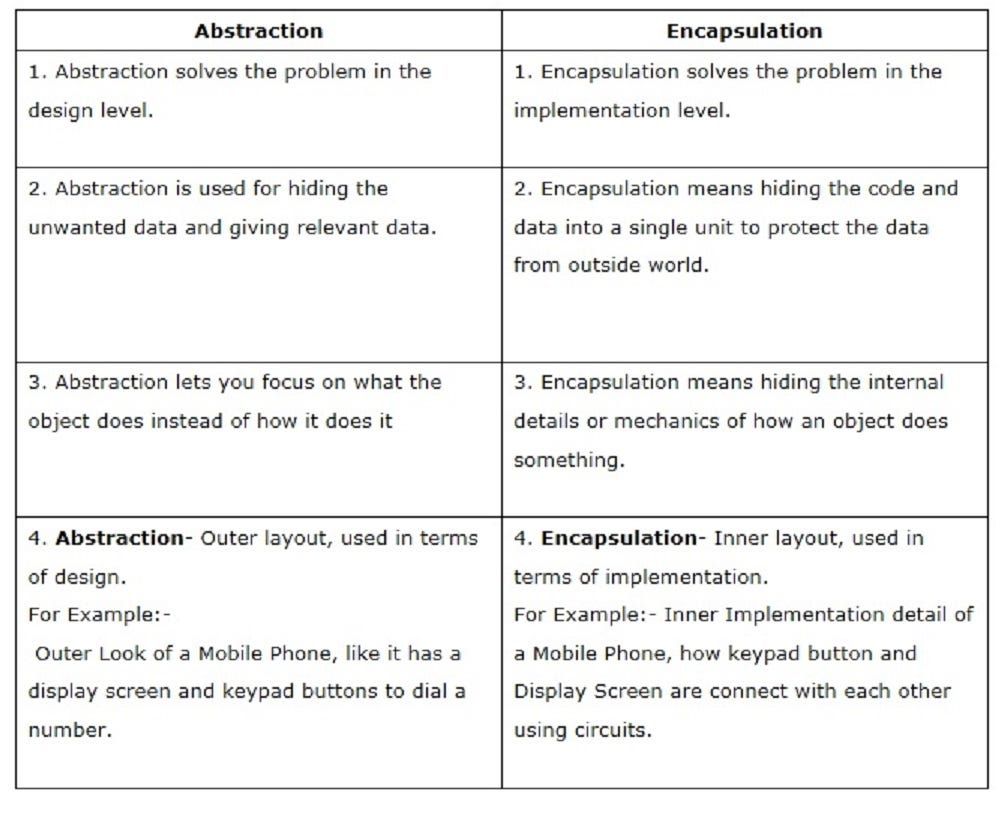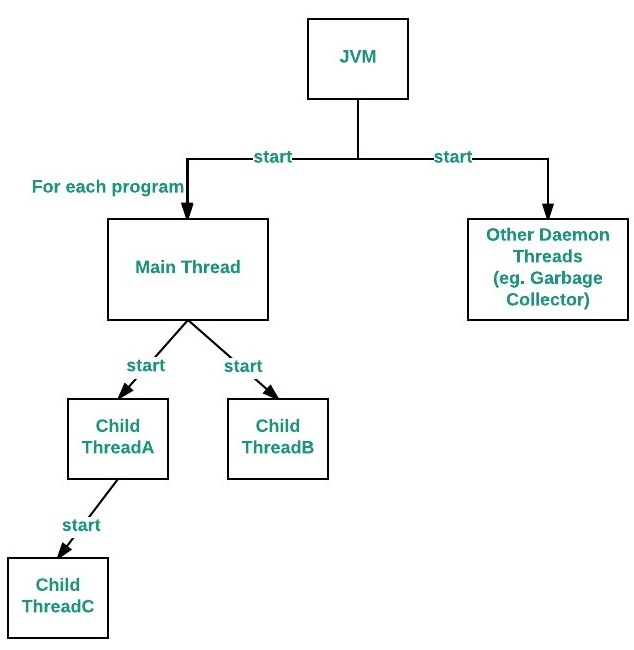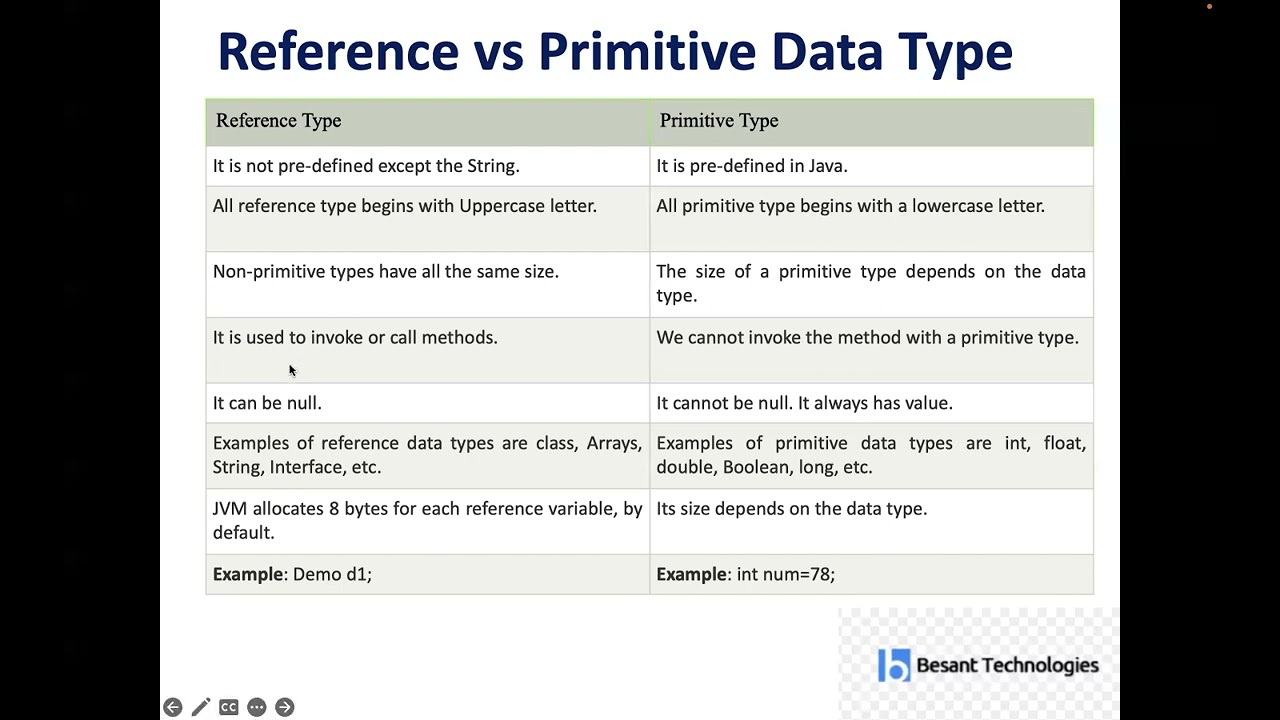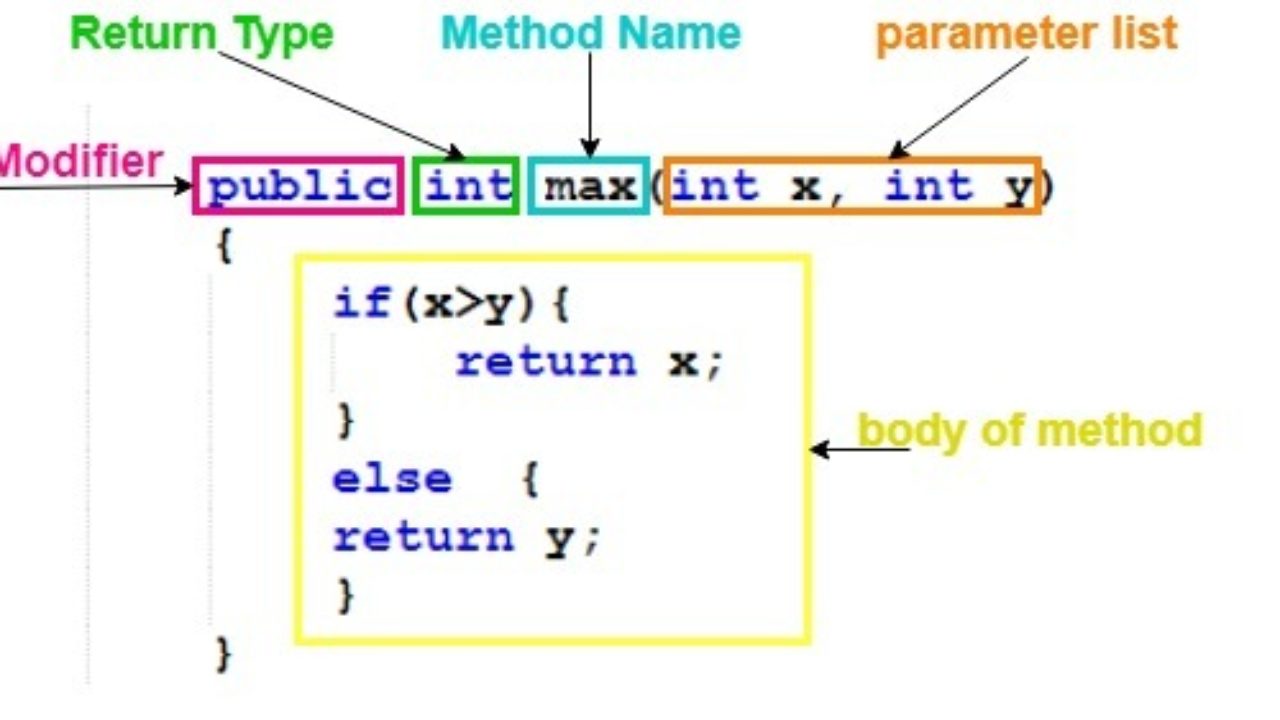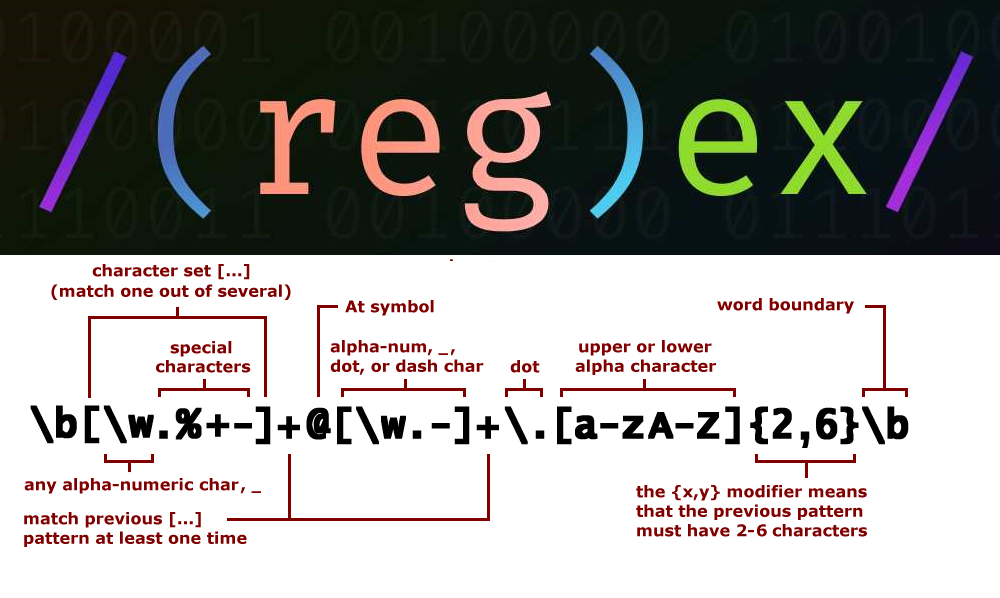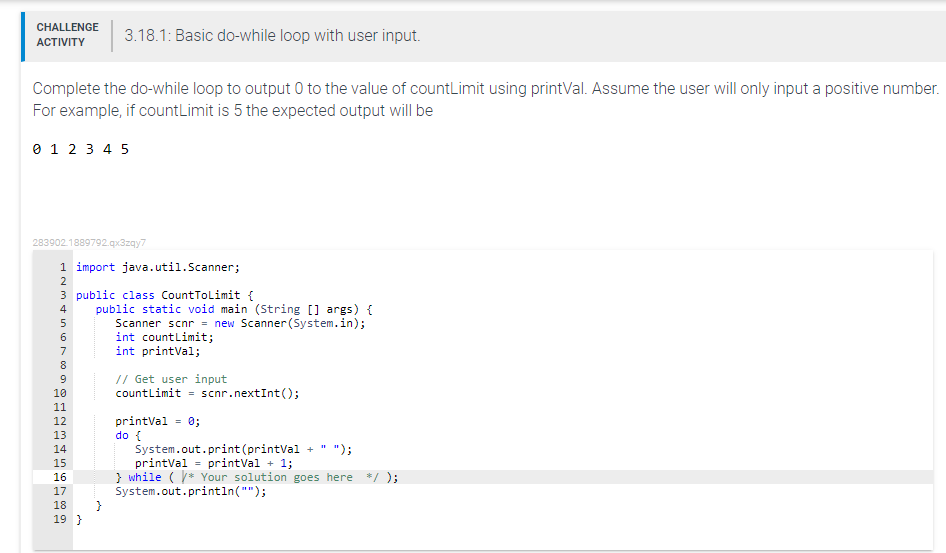What is the difference between an object and a class in Java?
What is the difference between an object and a class in Java?
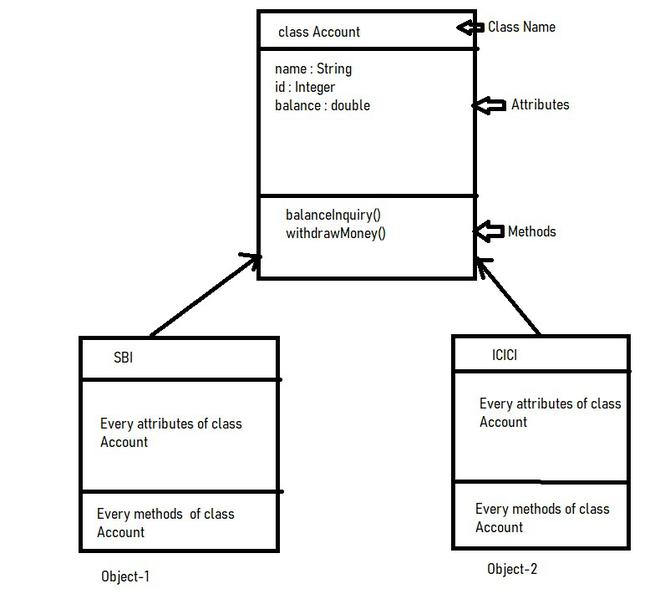
In Java programming, both objects and classes are fundamental concepts that help developers create reusable code and model real-world scenarios. However, there's a subtle yet crucial distinction between them.
Class:
A class is a blueprint or a template that defines the characteristics, properties, and behavior of an object. It's essentially a design pattern that outlines how to create objects with similar attributes and methods. A class is an abstract concept that represents a category of objects, whereas individual objects are instances of those classes.
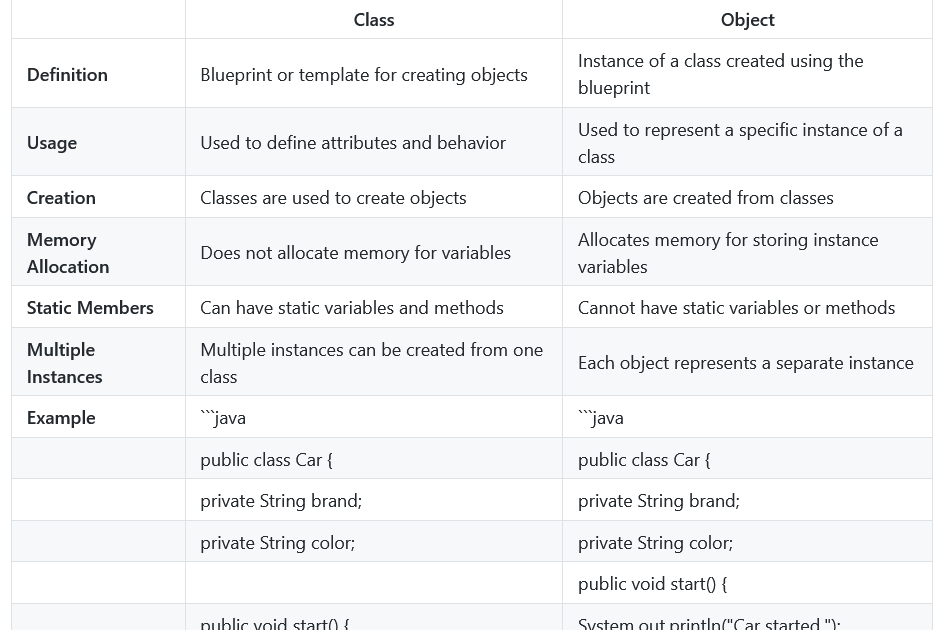
In Java, a class is declared using the class keyword followed by the name of the class. It contains fields (data) and methods (functions). The class definition includes:
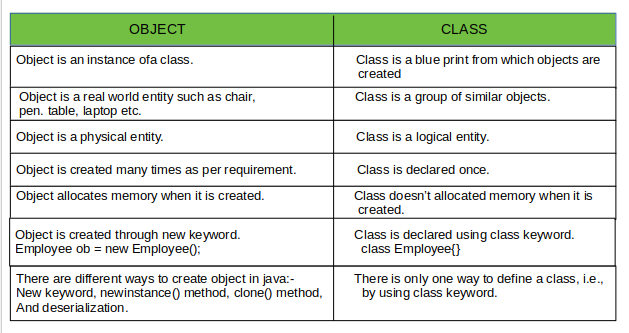
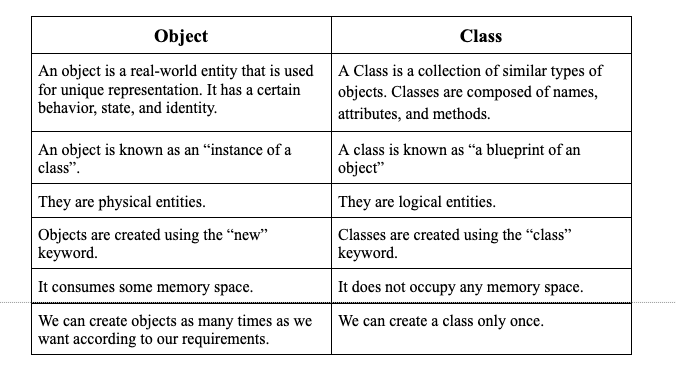
Object:
An object is a tangible entity that represents a real-world concept or thing. It's an instance of a class and has its own set of attributes (fields) and behaviors (methods). In other words, an object is a concrete representation of a class, with its own values for fields and the ability to perform methods.
When you create an object from a class, you're essentially creating a new entity that inherits the characteristics and behavior defined in the class. This process is known as instantiation.
Here are some key differences between objects and classes:
Instantiation: Objects are instances of classes, whereas classes are abstract templates. State: Each object has its own set of attributes (fields) with specific values, whereas a class defines the general structure of fields for all objects. Behavior: Objects can exhibit different behaviors through their methods, whereas a class defines the common behavior for all objects. Identity: Objects are unique entities with their own identities, whereas classes represent categories or types of objects.To illustrate this difference, consider a real-world example: a car and a truck. Both cars and trucks have similar characteristics (classes), such as wheels, engines, and brakes. However, each specific car or truck (object) has its own distinct features, like color, model, and make.
In Java, you can think of classes as the blueprints for creating objects. When you create an object from a class, you're essentially building a new entity that conforms to the template defined by the class.
By understanding the differences between objects and classes in Java, you'll be better equipped to design effective programs that model real-world scenarios and reuse code efficiently.
Difference between class and object in java with examples
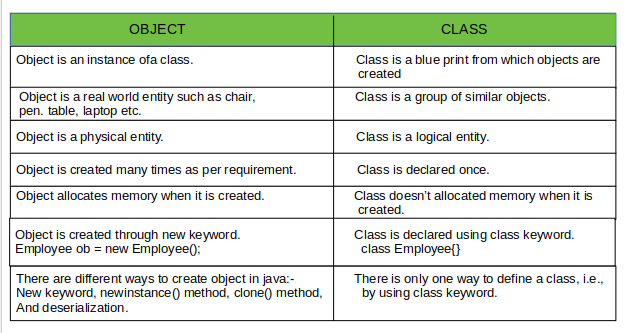
Here's a comprehensive explanation of the difference between classes and objects in Java, along with examples:
What is a Class?
In Java, a class is a blueprint or a template that defines the characteristics and behavior of an object. A class is essentially a set of instructions that define how an object should be created and what properties and methods it will have.
Think of a class like a cookie cutter - just as a cookie cutter determines the shape and size of a cookie, a class determines the characteristics and behavior of an object.
Here's an example:
public class Car {
private String color;
private int speed;
public Car(String color, int speed) {
this.color = color;
this.speed = speed;
}
public void accelerate() {
speed++;
System.out.println("The car is accelerating!");
}
}
In this example, Car is a class that has two properties: color and speed. It also has one method called accelerate().
What is an Object?
An object is an instance of a class. In other words, it's a specific entity that is created based on the blueprint defined by the class.
When we create an object from a class, we're essentially creating a unique instance with its own set of values for each property and method behavior.
Here's an example:
Car myCar = new Car("red", 60);
In this example, myCar is an object that is created based on the Car class. It has its own specific values for color (which is "red") and speed (which is 60).
Key Differences:
Here are some key differences between classes and objects:
Classes are blueprints, while objects are instances: Classes define what an object should look like and behave, while objects are unique entities that are created based on those definitions. Classes have properties and methods, while objects have instance variables and behavior: Classes can have properties (data) and methods (functions), while objects have instance variables (values) and behave according to the rules defined by their class. One class can create many objects: A single class can be used to create multiple objects with different values and behaviors.Example Scenarios:
Here are some example scenarios that illustrate the difference between classes and objects:
Scenario 1: Creating Multiple Objects from a Single Class
public class Person {
private String name;
private int age;
public Person(String name, int age) {
this.name = name;
this.age = age;
}
public void printInfo() {
System.out.println("Name: " + name);
System.out.println("Age: " + age);
}
}
Person person1 = new Person("John", 30);
person1.printInfo(); // prints "Name: John" and "Age: 30"
Person person2 = new Person("Jane", 25);
person2.printInfo(); // prints "Name: Jane" and "Age: 25"
In this scenario, we have a Person class that defines properties name and age, as well as a method called printInfo(). We create two objects from the same class (person1 and person2) with different values for their instance variables.
Scenario 2: Creating a Single Object from Multiple Classes
public class Animal {
private String type;
private int age;
public Animal(String type, int age) {
this.type = type;
this.age = age;
}
public void printInfo() {
System.out.println("Type: " + type);
System.out.println("Age: " + age);
}
}
Animal myPet = new Animal("dog", 3);
myPet.printInfo(); // prints "Type: dog" and "Age: 3"
In this scenario, we have an Animal class that defines properties type and age, as well as a method called printInfo(). We create a single object from the Animal class (myPet) with specific values for its instance variables.
I hope this helps clarify the difference between classes and objects in Java!
